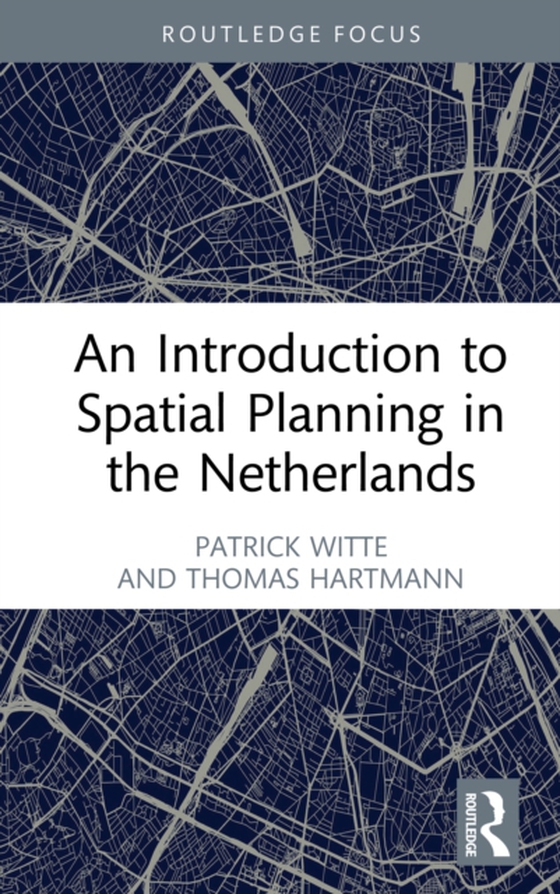
Introduction to Spatial Planning in the Netherlands e-bog
177,19 DKK
(inkl. moms 221,49 DKK)
This book provides an introduction to spatial planning in the Netherlands. It explores the academic underpinnings of the discipline and its practical implications, making use of insights on planning practices from the Netherlands. As an academic book with relevance for spatial planning teaching and practice, the relation between planning practice and planning as an academic discipline are discu...
E-bog
177,19 DKK
Forlag
Routledge
Udgivet
13 februar 2022
Længde
128 sider
Genrer
1DDN
Sprog
English
Format
pdf
Beskyttelse
LCP
ISBN
9781000584479
This book provides an introduction to spatial planning in the Netherlands. It explores the academic underpinnings of the discipline and its practical implications, making use of insights on planning practices from the Netherlands. As an academic book with relevance for spatial planning teaching and practice, the relation between planning practice and planning as an academic discipline are discussed. A key analytical concept is introduced to discuss the different dimensions of planning: the planning triangle. This framework helps to bridge the strategic and conceptual elements of planning with its realization. The object, process, and context of planning and its relations are discussed. The core of the academic discipline and profession of spatial planning entails looking (far) into the future, stimulating discussion, formulating a desired future direction through an informal and collective planning process, and then formalizing and placing current action into that future perspective. In that sense, spatial planning can be understood as the strategic organization of hopes and expectations.As a study book it is suitable for students of planning at various universities, but also for students in higher professional education. For those involved in the professional field of spatial planning, this book offers a sound foundation.
 Dansk
Dansk

